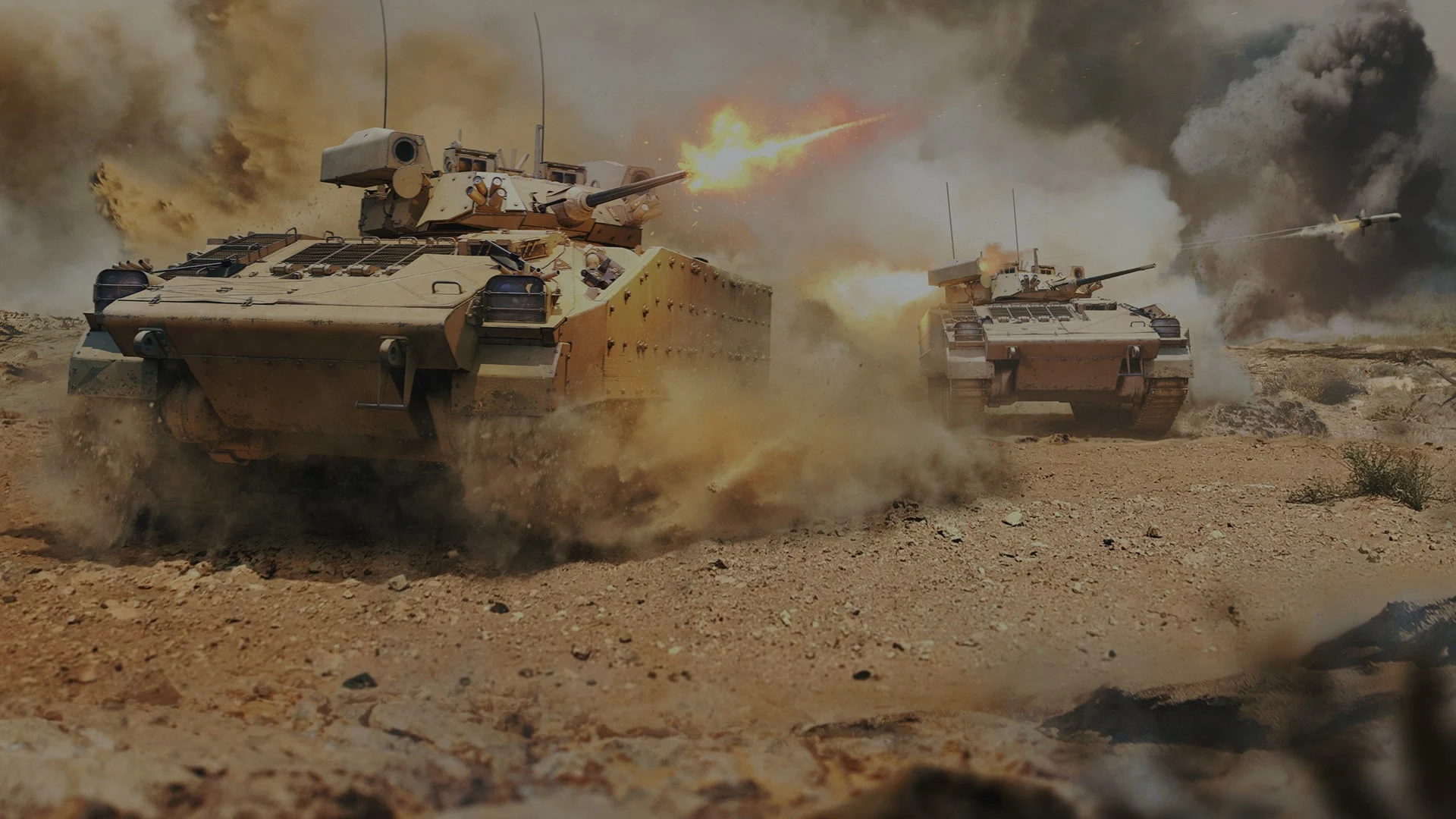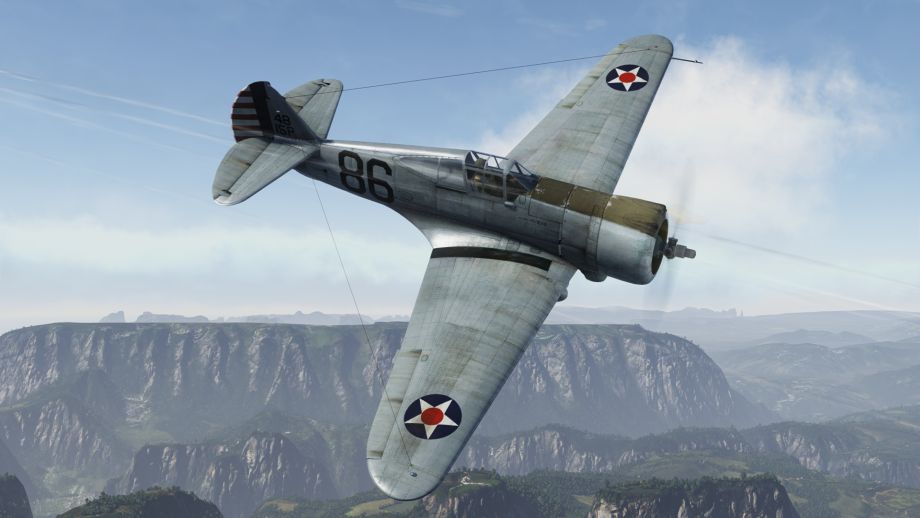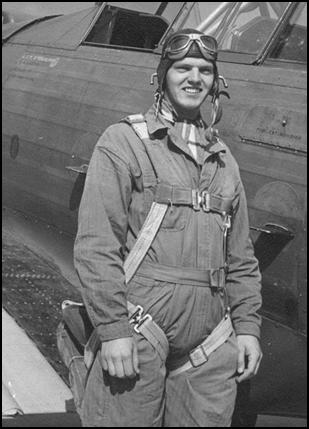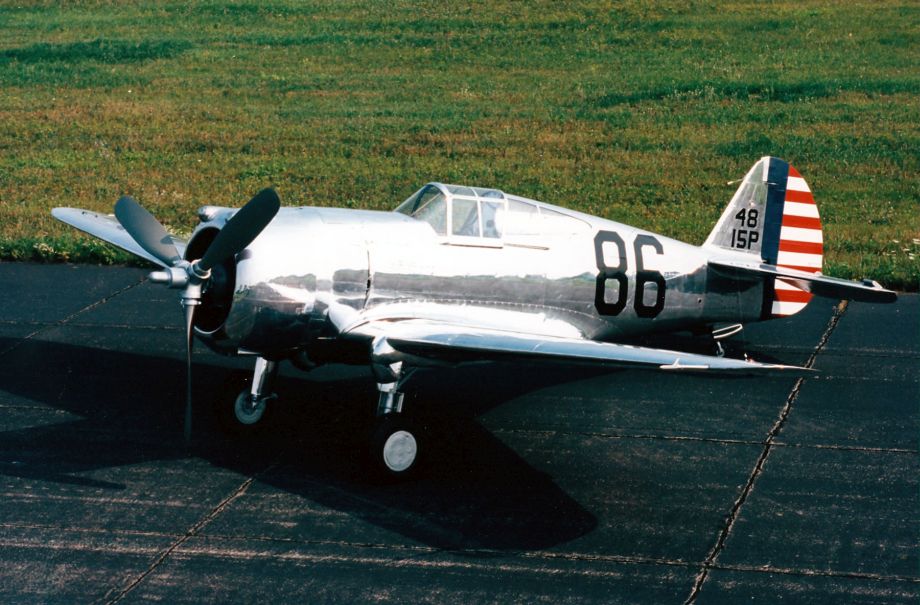
- For PC
- For MAC
- For Linux
- OS: Windows 7 SP1/8/10 (64 bit)
- Processor: Dual-Core 2.2 GHz
- Memory: 4GB
- Video Card: DirectX 10.1 level video card: AMD Radeon 77XX / NVIDIA GeForce GTX 660. The minimum supported resolution for the game is 720p.
- Network: Broadband Internet connection
- Hard Drive: 17 GB
- OS: Windows 10/11 (64 bit)
- Processor: Intel Core i5 or Ryzen 5 3600 and better
- Memory: 16 GB and more
- Video Card: DirectX 11 level video card or higher and drivers: Nvidia GeForce 1060 and higher, Radeon RX 570 and higher
- Network: Broadband Internet connection
- Hard Drive: 95 GB
- OS: Mac OS Big Sur 11.0 or newer
- Processor: Core i5, minimum 2.2GHz (Intel Xeon is not supported)
- Memory: 6 GB
- Video Card: Intel Iris Pro 5200 (Mac), or analog from AMD/Nvidia for Mac. Minimum supported resolution for the game is 720p with Metal support.
- Network: Broadband Internet connection
- Hard Drive: 17 GB
- OS: Mac OS Big Sur 11.0 or newer
- Processor: Core i7 (Intel Xeon is not supported)
- Memory: 8 GB
- Video Card: Radeon Vega II or higher with Metal support.
- Network: Broadband Internet connection
- Hard Drive: 95 GB
- OS: Most modern 64bit Linux distributions
- Processor: Dual-Core 2.4 GHz
- Memory: 4 GB
- Video Card: NVIDIA 660 with latest proprietary drivers (not older than 6 months) / similar AMD with latest proprietary drivers (not older than 6 months; the minimum supported resolution for the game is 720p) with Vulkan support.
- Network: Broadband Internet connection
- Hard Drive: 17 GB
- OS: Ubuntu 20.04 64bit
- Processor: Intel Core i7
- Memory: 16 GB
- Video Card: NVIDIA 1060 with latest proprietary drivers (not older than 6 months) / similar AMD (Radeon RX 570) with latest proprietary drivers (not older than 6 months) with Vulkan support.
- Network: Broadband Internet connection
- Hard Drive: 95 GB

Rasmussen's P-36 Hawk in War Thunder
 |
Phil Rasmussen in flight school |
"Beginning 2nd July, all PlayStation Plus members will get a free plane in War Thunder – the P-36A Curtis Hawk of 2nd Lieutenant Philip Rasmussen, who earned a Silver Star while defending Pearl Harbor in World War II. And here’s a little history behind it."
“The President of the United States of America, authorized by Act of Congress July 9, 1918, takes pleasure in presenting the Silver Star to Second Lieutenant (Air Corps) Philip M. Rasmussen, United States Army Air Forces, for gallantry in action as a Pilot of the 46th Pursuit Squadron, 15th Pursuit Group, at Wheeler Field and over the Island of Oahu, Territory of Hawaii, and waters adjacent thereto, on 7 December 1941. When surprised by a heavy air attack by Japanese forces on Wheeler Field and vicinity, Second Lieutenant Rasmussen took off for the purpose of attacking the invading forces, without first obtaining information as to the number or type of Japanese in the attacking force, and proceeded to patrol in the vicinity of Bellows Field, where he encountered six enemy aircraft. Though outnumbered with only three other aircraft in the flight he immediately attacked the enemy formation and shot one down in flames. He returned his plane safely to Wheeler Field although it had been damaged by enemy machine gun and cannon fire during the encounter. Lieutenant Rasmussen's presence of mind, coolness under fire against overwhelming odds in his first battle, expert maneuvering of his plane, and determined action contributed to a large extent toward driving off this sudden enemy air attack.”
Philip Rasmussen awoke to the shouts and explosions of the Japanese attack on Pearl Harbour, December 7 1941. Rasmussen awoke from his slumber at 8am as twenty-five Aichi D3A1 “Val” dive-bombers dived onto their targets at wheeler field on the island of Oahu, their 250 kilogram bombs striking the maintenance hangers and P-40 and P36 fighters parked closely together on the flight line and strafing the barracks and tents causing many casualties before leaving the battered airfield. As Rasmussen ran from the officers mess strapping on his .45 Colt, he cut quite the figure, clad only in his purple silk pajamas, he raced across the open ground to rescue what aircraft remained. He was joined by 1st Lieutenant Lewis Sanders with 2nd Lieutenants John Thacker and Gordon Sterling. Sterling was in such a rush to get into the air he'd jumped into Lt Norris's aircraft when Norris ran to find a parachute, Sterling didn't bother with that convention.
 |
Curtiss P-36A Hawk in the Rasmussen's markings |
The four P-36 A Curtiss Hawks took flight and flew to Diamond Head, before heading to intercept enemy aircraft reported to be at Kaneo-he and Bellows Air Fields. The four fighters gained altitude and Soon saw eleven Japanese fighters attacking the fields. Sanders signalled to the flight to dive on the enemy D3A1's and A6M2's. The group attacked, using the speed and surprise of the attack to their advantage, Rasmussen however Soon found his guns firing away out of control, and as he desperately attempted to re-cock the weapon a Val dive-bomber passed directly in front of the run away guns line of fire. The plane was stitched with rounds across its fuselage and heaved over, diving into the sea.
Rasmussen then attempted to line up his next target, but the runaway guns played havoc and he was unable to confirm any hits. With out warning Rasmussens canopy exploded, Japanese 7.7mm and 20mm rounds struck the P-36's fuselage and canopy, rounds tore into the tail of the aircraft shattering the rudder, the tail wheel and the control cables and hydraulic lines in the tail of the aircraft. Rasmussen was saved when the radio behind his seat absorbed two 20mm canon rounds and numerous machine gun rounds. There were now two Zero fighters on his tail pouring hundreds of rounds into his beleaguered aircraft, to make matters worse a third Zero was know headed directly at him, head on.
Iyozo Fujita had just witnessed his Flight Leader and best friend Fusata Iida make a suicide attack on a hanger when his aircraft having been hit by ground fire had run out of fuel, Fujita had also made a pact to die in battle if his aircraft could not return to the IJN carrier Soryu. So, as he came under fire from Rasmussens P-36, Fujita closed in an attempt to end the attack.
But Rasmussen was barley able to control the mortally damaged aircraft and both planes managed to cause only minor damage to each other, Fujita would turn for the Carrier Soryu and Rasmussen would find shelter in a bank of clouds before turning towards Wheeler Field. On his way back to Wheeler Rasmussen joined up with Sanders and attempted to land, fighting his aircraft all the way Rasmussen managed to bring his aircraft to a stop, with no tail wheel or rudder.
Still wearing his purple pajamas Rasmussen jumped down from his aircraft to survey the damage. It was extensive, he would later recount how he counted well over 500 hits on the aircraft. For Rasmussen his battle was over, there were no more aircraft to take off in. Major Rasmassen would go on to fly P47s over the Pacific earning Oak leaf clusters to his Silver Star, he would continue to fly with Sanders and shoot down two more enemy aircraft, serving with the air-force until retiring in 1965 at the rank of Lieutenant Colonel. Sadly Philip M, Rasmussen passed away on April 30th 2005, he now lies at Arlington National Cemetery Virginia.


"Sun Setter" nose art of Phillip Rasmussen, used on his P-400 of the 7th Fighter Command whilst stationed in New Guinea.
The War Thunder Team



